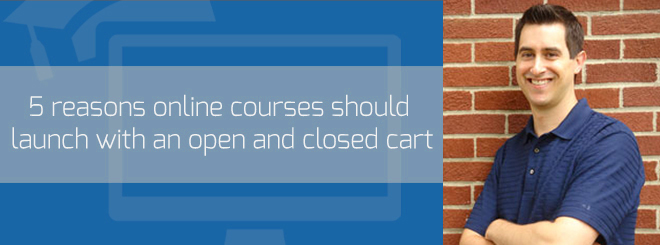Podcast: Play in new window | Download
Subscribe: Apple Podcasts

This episode is brought to you by “Easy Video for Courses“. Did you know that online courses that include video are 83% more effective in helping students remember the information better?
But most people struggle with complicated equipment or software, the cost of buying equipment, or they don’t feel confident in front of the camera. That’s why I created Easy Video for Courses. I’ve taken all the confusion out of the process so you can make effective course videos in half the time, even if you don’t like being on camera.
Go to EasyVideoForCourses.com to learn more and get the course.
Get the free video – “7 Tips to Create Better Online Course Videos”
If you want to create an online course that’s effective, you must use quality video content. But, if you’re like most people, you think making video is too complicated, costly or time-consuming. I just released a new video masterclass to help you create videos that truly teach, but don’t take a long time to create. I’m conducting a short survey and as a thank you for taking the survey, I’m giving this video away for free. I’ll also be sending out several other new video lessons in the coming weeks, so stay tuned!
Click here to get the FREE Video Lesson
I often get asked if having video content in your online courses and eLearning projects is necessary. It absolutely is and here are just 5 reasons why you should use utilize the power of video in your training material.
1. People learn by seeing & hearing
Studies show (see stats below) that students learn more by seeing and hearing the educational content. This works in your advantage if you are creating videos…espcially if you are in the videos. Your students can see your emotions and intentions, which builds trust and helps the learning process be more engaging.
2. Video is versatile
There are many things you can do with video content. While it is the best way to teach, you can also take the audio out and make it available for your students to download and listen on the go. They may listen in the car, while working out or anywhere else of their choosing. Additionally, you can make a transcription of the content for people to read. This helps people follow along during your presentation and it can even help your SEO (if the course is freely available online and not behind a paywall).
3. People would rather watch something rather than just read it
Studies show how video is better than text only (see stats below) and is more effective for helping people remember the content. You owe it to your students to have quality video content, so they can retain the information.
4. Video gives more perceived value
Let’s face it, video is harder to create than writing copy, making images or recording audio. But it also has a more perceived value to it. Just see some of the benefits and value that having video in your courses, on your sales pages, and on your website can bring.
- The amount of time online users spend watching online video has grown 38.5% in the past 2 years. – Nielsen
- Websites with video content enjoy 88% more time spent on pages by visitors. – Buffer
- Product videos increase the likelihood of purchases by 85%. – Buffer
- Overall, employees are 75 percent more likely to watch a video than to read documents, emails or web articles — Forrester Research
- Corporations save between 50% and 70% when they replace instructor-based training with eLearning — IOMA
- Microsoft used video to cut classroom training costs by $303 per person, from $320 to just $17 — Microsoft
- Microsoft calculates that over 3 years, its video portal for employee training and knowledge sharing resulted in total costs saved and avoided of about $13.9 million per year. The ROI for the period was estimated at 569% — Microsoft
- Caterpillar found that e-learning yielded a cost reduction of between 40 and 78 percent, based on the size of the audience — Caterpillar
- Presentations that include visuals like video along with text are 9 percent more effective than text alone when comprehension is tested right away — but are 83 percent more effective when the test is delayed, implying an improved ability to help learners remember the information better later — Rusted and Coltheart
5. It builds trust, especially if you’re on camera
Since your students can see you, they will get to know, like and trust you. This will help them engage with you and learn more effectively from you. The students can connect with you and tell when you’re telling a joke versus a serious story. You owe it to your students to be on camera, even though most people don’t like the idea of being on camera.
This episode is brought to you by “Easy Video for Courses“. Did you know that online courses that include video are 83% more effective in helping students remember the information better?
But most people struggle with complicated equipment or software, the cost of buying equipment, or they don’t feel confident in front of the camera. That’s why I created Easy Video for Courses. I’ve taken all the confusion out of the process so you can make effective course videos in half the time, even if you don’t like being on camera.
Go to EasyVideoForCourses.com to learn more and get the course.